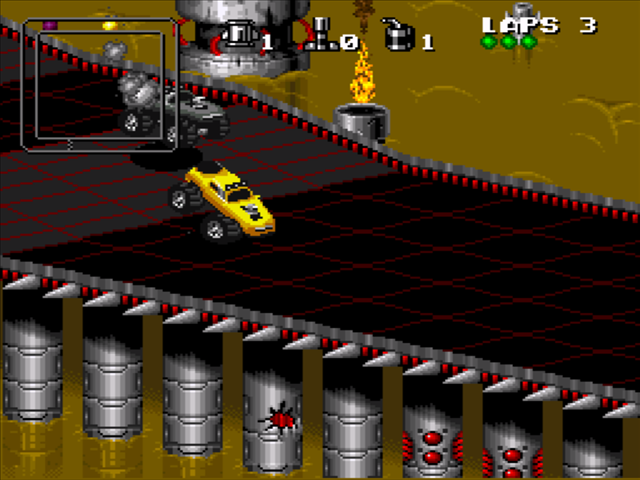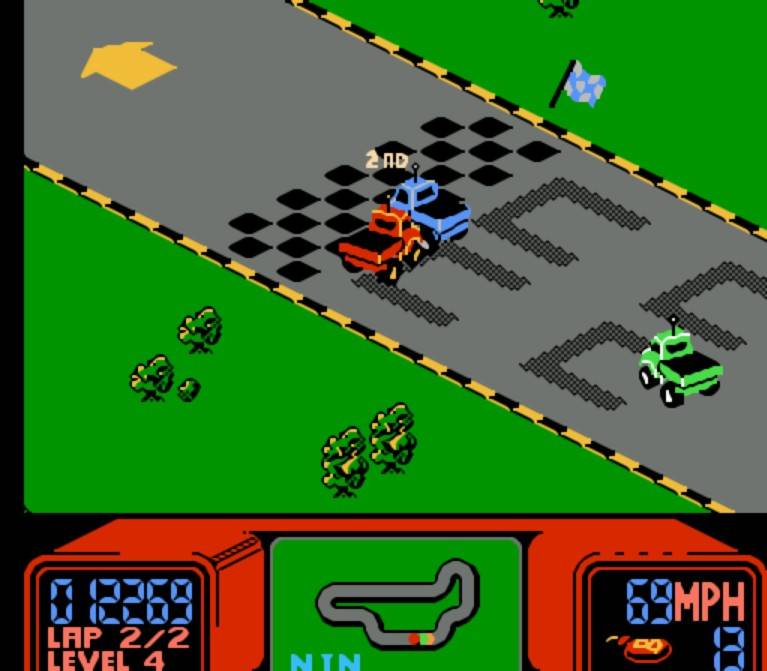

People often forget the audio, but the SF had a fairly advanced audio system for the time that could handle some real-time DSP effects. The Super Famicom or SNES was the other extreme, featuring very powerful video and audio subsystems.

It was a bit rough around the edges, with the infamous glitchy scrolling, but it was also built down to an affordable price. On other systems the game had to do that itself, or some sprites would simply disappear. It had some clever features too, like a sprite system that automatically handled games exceeding the maximum sprites per scanline limit by flickering them in sequence. The cartridge interface was very flexible so those capabilities didn't hold the machine back as much as they otherwise would have, often being supplemented by extra memories on the cartridge as memory prices fell. It had only 2k of main RAM, and another 2k of video memory. The Famicom, later the NES outside Japan, was a clever design that maximized the utility of limited, cheap hardware.

It wasn't until the next morning when he came up to me, sober, and said, "That thing we talked about - you're on it?" that it hit me: He was serious." I just said, "Sure thing, boss," and hung up. "He always liked to call me after he'd had a few drinks, so I didn't think much of it. "President Yamauchi told me to make a video game system, one that could play games on cartridges," Uemura told Matt Alt in an interview published last year on Kotaku. He would go on to work on plug-and-play consoles like Nintendo's Color TV-Game.īut everything changed in 1981 with a single phone call. Once joinging the company, he worked with Gunpei Yokoi to integrate the photocell technology into electronic light gun games. Originally, Uemura worked at Sharp, selling photocell tech to various companies, including his future employer Nintendo. Kotaku: Ritsumeikan University, where Uemura became the director of game studies after retiring from Nintendo in 2004, announced his passing earlier today. According to Oricon News, Uemura passed away on December 6.

The mark he left on the gaming industry and popular culture is indelible. Masayuki Uemura was the lead architect for the Famicom (aka the Nintendo Entertainment System) and the Super Famicon (aka the SNES).


 0 kommentar(er)
0 kommentar(er)
